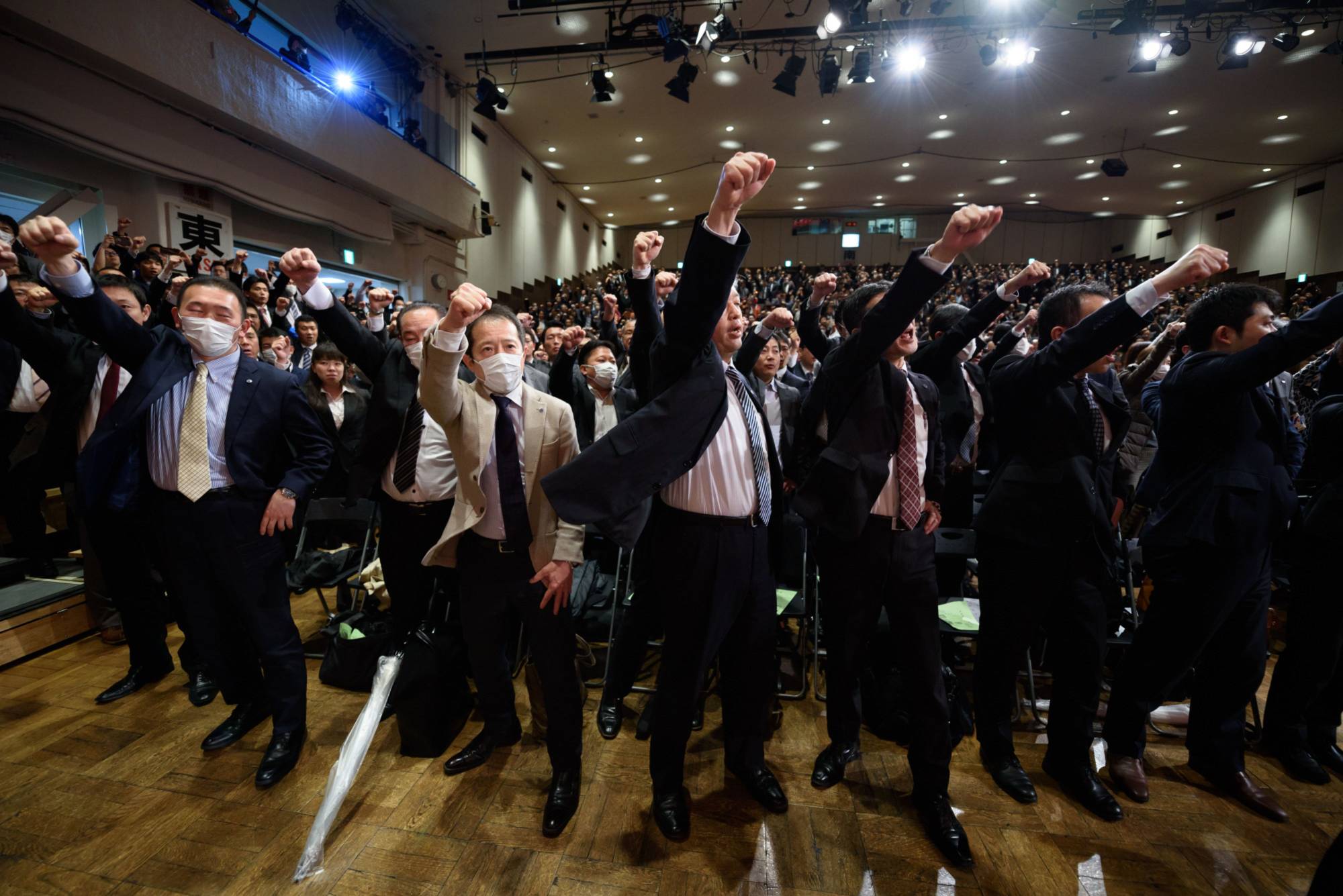Inflation is the modern era’s "Black Ships” that forced Japan to open trade with the U.S. 170 years ago, according to the head of the country’s leading business lobby.
Just as the armed fleet of Commodore Matthew Perry forced modernization, another foreign intervention, in the form of higher energy and food prices, will break stagnant wages out of a three-decade slumber.
That’s the theory, at least. It’s tempting to believe it after news that Fast Retailing Co.’s Uniqlo is raising domestic salaries by as much as 40%. Tadashi Yanai, founder of the fast-fashion giant and one of the country’s richest men, says he wants to shake up a corporate culture that’s become staid and attract ambitious, younger workers. Media reports on similar steps by names such as Suntory Holdings Ltd. and Canon Inc. suggest a trend.


















With your current subscription plan you can comment on stories. However, before writing your first comment, please create a display name in the Profile section of your subscriber account page.